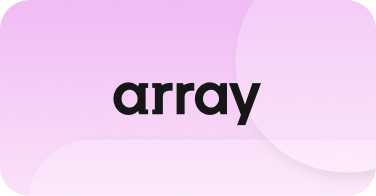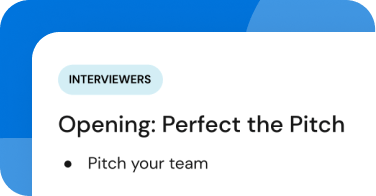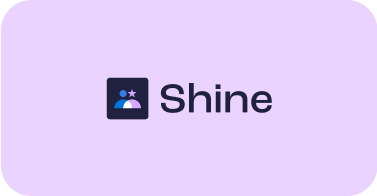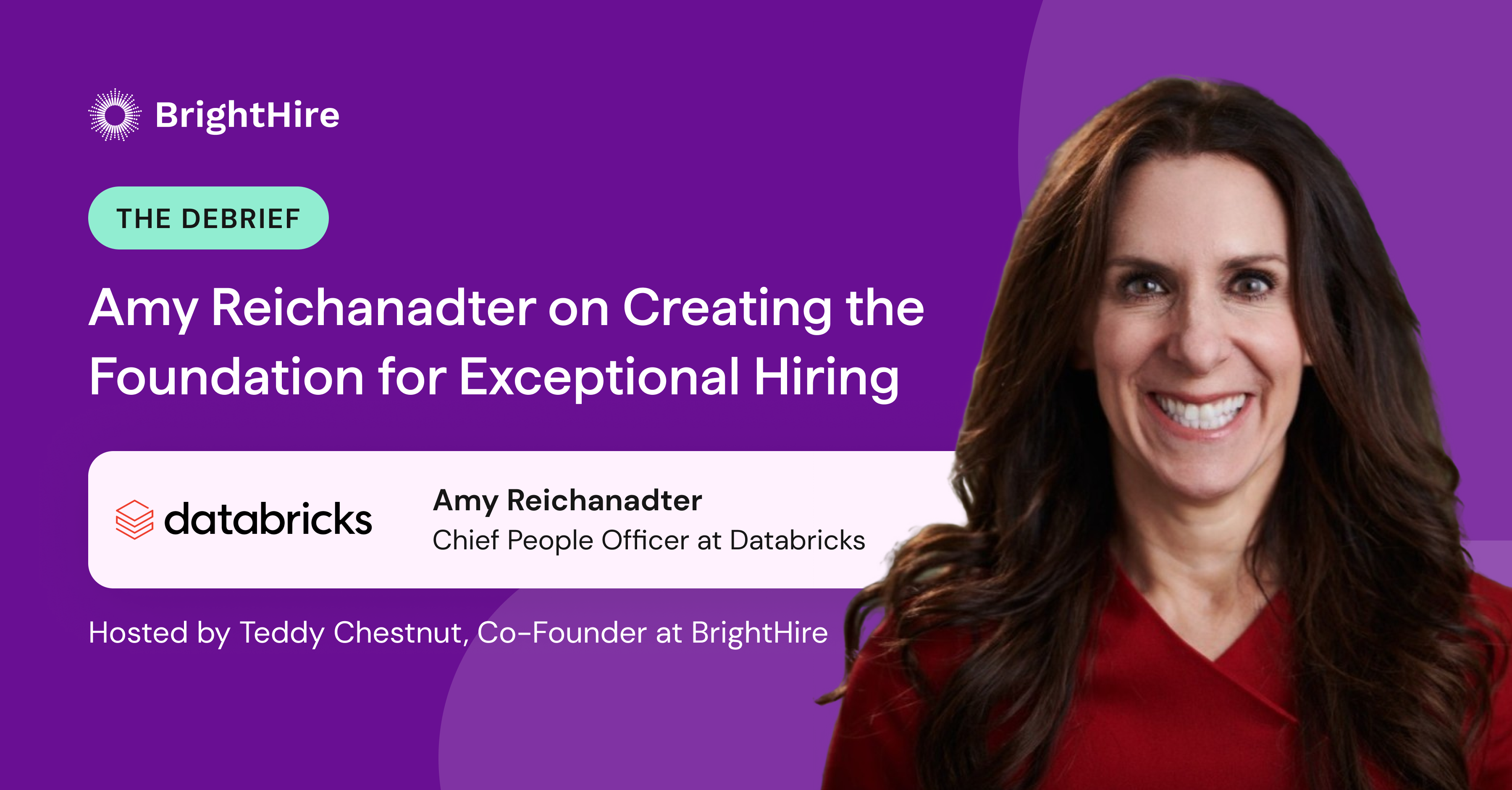The interview process can be daunting to job seekers. It’s a lot of legwork on the candidate’s part to present themselves in a positive light, research a company, and align themselves to a role’s description. For employers, this process can be equally as challenging. Sourcing high-quality candidates and crafting an interview process that elevates the candidate’s experience is no easy task. Where do you, as an employer, begin?
You source great candidates, settle on what technical tools you’ll need, and align your internal hiring teams. Elevate the candidate’s experience, and those perfect new hires are going to pay huge dividends down the road—low turnover, money saved in training and hiring, and, best of all, goodwill and a reputation that you can ride on when hiring again.
Why design a better interview process?
In a 2015 study conducted by LinkedIn, 77% of potential candidates said that the interview experience was a major factor in whether or not to accept a job offer. Interviews give candidates a window into your organization beyond what the public can see on your website or social media feeds. That brief glimpse into your organization can make or break your hiring process, with 87% of people surveyed saying that a “positive interview experience can change their mind about a role or company they once doubted.”
When you design a more efficient interview process, you reap two chief benefits: You can hire faster and build goodwill toward your organization by giving candidates closure faster.
How to improve your interview process
1. Make a great first impression
Recruiters quarterback the hiring process. They refine the talent pool, weed out candidates that wouldn’t be a good fit for the organization, and move forward with candidates who align with the role’s description. Recruiters also set expectations for the role by communicating responsibilities and negotiating salary, which is something that can make or break the hiring process down the line. But among all those very important tasks, one of the most essential roles they play is kicking off a great candidate experience. To do so, they need to be well-informed, and make a great first impression. To accomplish this, every recruiter has to have their company pitch down, have a solid understanding of the role they’re hiring for, and be able to speak to the larger company culture.
As part of your interview process, consider how you pitch your company in phone screens conducted by your recruiter. As the first touch for most candidates, recruiters aren’t only screening candidates, they are selling them on your company and getting them excited to speak to the rest of your team. Align on how they speak about your work environment, the role, and the team, and prepare them with the best information so they can represent your company accurately.
2. Choose the right tools for crafting your interview process
Tech tools form the backbone of the modern recruiting and interview process. Your software should establish consistency across your interview process steps, deliver insights on candidate performance, and allow you to scale your processes, even if you’re operating with a small team.
Consistency is foundational for running a fair interview process, and there are tools that can help you establish and regularly vet your process for it. Building structured interview experiences in a set time frame ensures each candidate is being given a fair shake, and that you’re not missing out on great candidates because candidate A got more interview time than candidate B, as is often the case, according to research from BrightHire. One of the absolute worst things you can do is move forward into the interviewing stage with no plan or structure. Interview intelligence tools like BrightHire do a great job of helping you establish a set, scalable framework, taking the guesswork out of hiring and ensuring that:
- Each interview occurs in a set amount of time, not favoring one candidate over another
- Questions are standardized for each candidate and are being asked at the appropriate stages in the interview process
- Notes and feedback from each step in the interview rounds are shared among your whole hiring team
Next, you’re going to want tools that focus on review. You certainly shouldn’t rely too much on memory and intuition to help you make decisions that might take days to deliberate on. The famous Ebbinghaus forgetting curve demonstrated that working memory of a single event or piece of material drops to just 40% after a few days. Now imagine trying to hire your next vice president of marketing with only 40% of the interview still top-of-mind.
In the interest of time and transparency, consider making a “highlight reel” of great—or poor—moments during an interview and using software that allows you to record and review the whole interview with the rest of your hiring team. Picking great wins and areas of improvement for the candidate with cross-team visibility couldn’t be more important in the interview process: Your team adds diversity of thought, checks biases, and adds unique perspectives. This technique can take a siloed interview process and turn it into a more transparent one, or as Wildbit’s Justine Jordan puts it, “hiring in the open.”
3. Make the interview process a team sport
Mutual visibility into the hiring process—taking the candidate out of a silo and putting them in front of the team—is only part of making the interview process a team sport and elevating the candidate experience. It starts with deciding personnel and interview stage requirements: How many people are involved, and how many stages to the interview are you going to present to candidates? After you’ve worked out the personnel required and the stages you’ll need to get through to get a good feel for the candidate, start building a list of questions. Then, decide who is going to be asking them, staggering them out so that the questions become more and more granular at each level of the interview. Interview fatigue can set in quickly when the candidate is answering the same question multiple times across multiple interviews, and 57% of candidates say the interview process takes too long as is.
Elevate the candidate experience; elevate your talent pool
“Elevating the candidate’s experience” isn’t anything amazing or special. It’s about doing things right. It’s about treating people with the respect, dignity, and transparency they deserve, whether they’re hired or not. It’s about truly putting employees first, whether they’re on the hiring team or still on their journey through your interview process.














